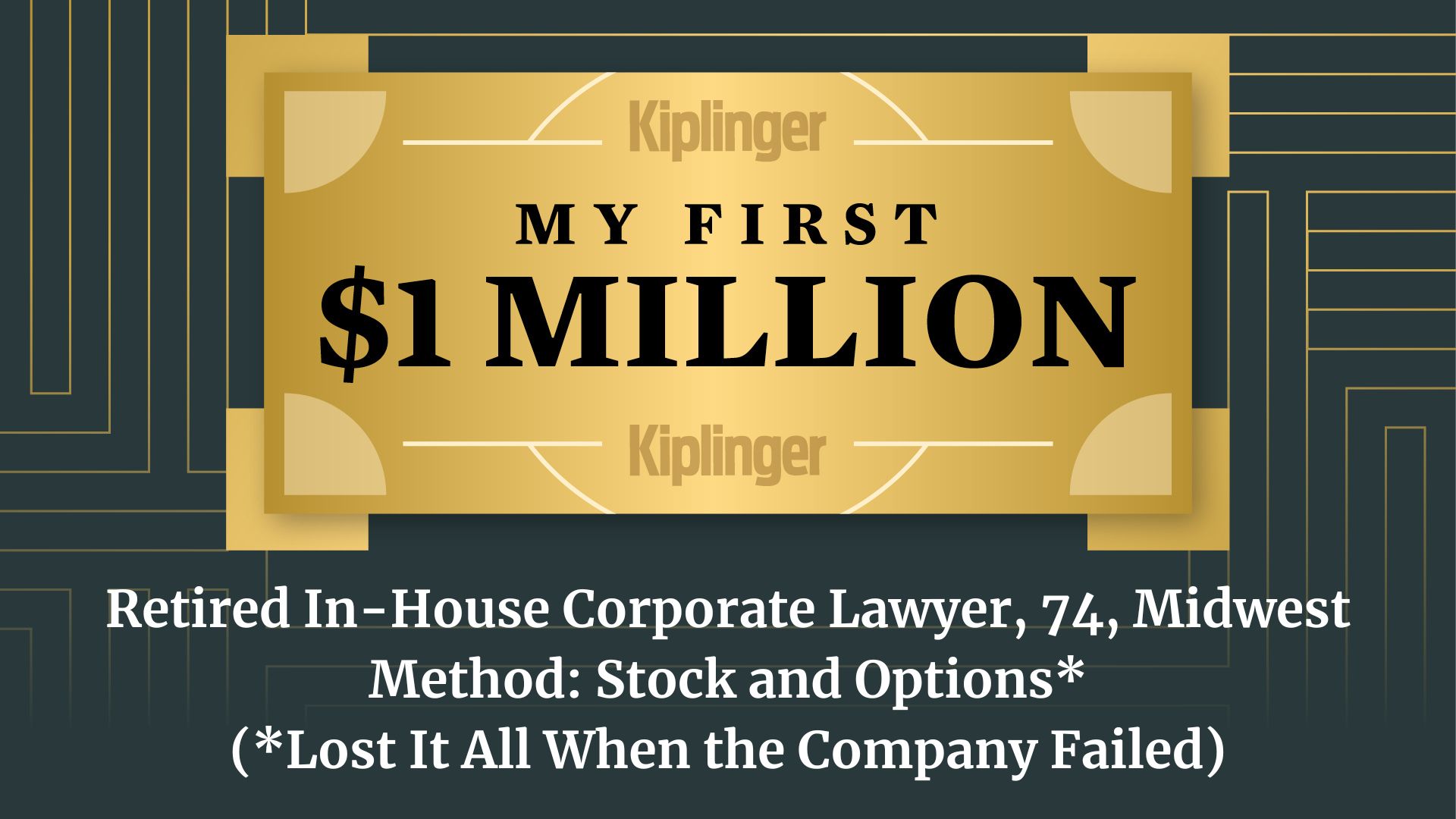What is Private Mortgage Insurance and How Does It Impact Buying a Home?
It's been hard to avoid private mortgage insurance in an era of rising home prices and higher mortgage rates.

If you’re unable to make a down payment of 20% or more on a conventional mortgage, there’s a good chance you’ll have to pay private mortgage insurance (PMI).
PMI, which is arranged through a third-party insurance company, is designed to protect the lender if you’re unable to make payments. PMI doesn’t protect you against loss — if you don’t make payments, you could still face foreclosure — and it won’t prevent your credit score from dropping if your mortgage payments are late.
For example, a borrower with a FICO score above 740 might pay PMI closer to the low end of the range. On a $300,000 mortgage, a PMI rate of 0.22% would cost about $660 a year, or roughly $55 a month. Borrowers with lower credit scores or smaller down payments generally pay significantly more.
From just $107.88 $24.99 for Kiplinger Personal Finance
Become a smarter, better informed investor. Subscribe from just $107.88 $24.99, plus get up to 4 Special Issues

Sign up for Kiplinger’s Free Newsletters
Profit and prosper with the best of expert advice on investing, taxes, retirement, personal finance and more - straight to your e-mail.
Profit and prosper with the best of expert advice - straight to your e-mail.
If you have to pay PMI, there are several ways to do it. With borrower-paid PMI, your premium is added to your monthly mortgage payment. Alternatively, you can pay PMI in a lump sum at closing.
It may be less expensive to pay the annual cost upfront, but the premiums aren’t refundable if you sell your home before you reach 20% equity.
How to avoid private mortgage insurance
Even if you can’t afford a 20% down payment, there are several ways to avoid PMI. One option is lender-paid PMI, in which your lender pays your premiums as a lump sum and in exchange you pay a higher interest rate than you would pay otherwise.
Lender-paid PMI may be a good choice if it would cost you less overall than monthly PMI payments and you itemize on your tax return, which would allow you to deduct interest on your mortgage.
A “piggyback mortgage” is another way to bypass PMI. With this strategy, you take out a second mortgage — usually a home equity line of credit — and finance the home with 10% from a down payment, 80% from the primary mortgage and 10% from the second mortgage. You’re borrowing 90% of the value of the home, but the primary mortgage accounts for only 80% of the value, allowing you to skip PMI. However, you’ll likely pay a higher interest rate for the second mortgage, and the rate may be adjustable.
This strategy could make sense if you can pay off the second mortgage relatively quickly, in which case the cost could be lower than paying PMI. Before agreeing to a piggyback, ask your lender to provide a quote for the same loan structured as a single mortgage with PMI so you can compare costs.
Another option is to seek out government home loans that don’t charge PMI. Mortgages from the FHA (Federal Housing Administration), USDA (U.S. Department of Agriculture) and VA (Department of Veterans Affairs) allow borrowers to make down payments as low as 0% to 3.5% without paying PMI. However, you may be required to pay up-front fees, and the loans have stringent eligibility requirements.
If none of these strategies is available to you, or the benefits don’t outweigh the costs, your best bet is to make mortgage payments on time until you reduce your loan balance to 80% of the home’s value.
Your loan servicer is required to terminate PMI when your principal balance is scheduled to reach 78% of the original value of your home. However, you can ask your servicer to cancel PMI before that date, when payments have reduced the principal to 80% of the original value.
Note: This item first appeared in Kiplinger Personal Finance Magazine, a monthly, trustworthy source of advice and guidance. Subscribe to help you make more money and keep more of the money you make here.
Use the tool below to explore and compare some of today's top mortgage offers:
Related Content
Profit and prosper with the best of Kiplinger's advice on investing, taxes, retirement, personal finance and much more. Delivered daily. Enter your email in the box and click Sign Me Up.

Ella Vincent is a personal finance writer who has written about credit, retirement, and employment issues. She has previously written for Motley Fool and Yahoo Finance. She enjoys going to concerts in her native Chicago and watching basketball.
-
 Stocks Chop as the Unemployment Rate Jumps: Stock Market Today
Stocks Chop as the Unemployment Rate Jumps: Stock Market TodayNovember job growth was stronger than expected, but sharp losses in October and a rising unemployment rate are worrying market participants.
-
 Should You Renew Your CD?
Should You Renew Your CD?With rate cuts impacting earnings, we examine if now is a wise time to renew CDs.
-
 7 Ways to Plan Now to Save on Medicare IRMAA Surcharges Later
7 Ways to Plan Now to Save on Medicare IRMAA Surcharges LaterUnderstand the critical two-year lookback period and why aggressive planning before you enroll in Medicare is the most effective way to minimize IRMAA.
-
 Should You Renew Your CD?
Should You Renew Your CD?With rate cuts impacting earnings, we examine if now is a wise time to renew CDs.
-
 Where to Store Your Cash in 2026
Where to Store Your Cash in 2026Set yourself up for success with these strategies.
-
 How Much Income You Really Need to Afford a $500,000 Home
How Much Income You Really Need to Afford a $500,000 HomeAs home prices increase, the income needed for a house is also climbing. We break down what you need to earn to afford a $500,000 home.
-
 I'm a Financial Adviser: The Fed's Rate Cuts Could Have Impacts You Might Not Anticipate
I'm a Financial Adviser: The Fed's Rate Cuts Could Have Impacts You Might Not AnticipateUnderstanding how lower interest rates could impact your wallet can help you determine the right financial moves to make.
-
 My Teen Crashed His Car, and Now Our Insurance Has Tripled. What Now?
My Teen Crashed His Car, and Now Our Insurance Has Tripled. What Now?Dealing with the costly aftermath of a teen car accident is stressful. Here are your options for navigating it.
-
 My First $1 Million: Retired In-House Corporate Lawyer, 74, Midwest
My First $1 Million: Retired In-House Corporate Lawyer, 74, MidwestEver wonder how someone who's made a million dollars or more did it? Kiplinger's My First $1 Million series uncovers the answers.
-
 I'm an Insurance Pro: Going Without Life Insurance Is Like Driving Without a Seat Belt Because You Don't Plan to Crash
I'm an Insurance Pro: Going Without Life Insurance Is Like Driving Without a Seat Belt Because You Don't Plan to CrashLife insurance is that boring-but-crucial thing you really need to get now so that your family doesn't have to launch a GoFundMe when you're gone.
-
 The Top 22 Gifts for Grandkids from Walmart in 2025
The Top 22 Gifts for Grandkids from Walmart in 2025From PlayStation to Labubu, you'll find the hottest gifts of 2025 for your grandkids at Walmart this year. Some of them are up to 78% off.